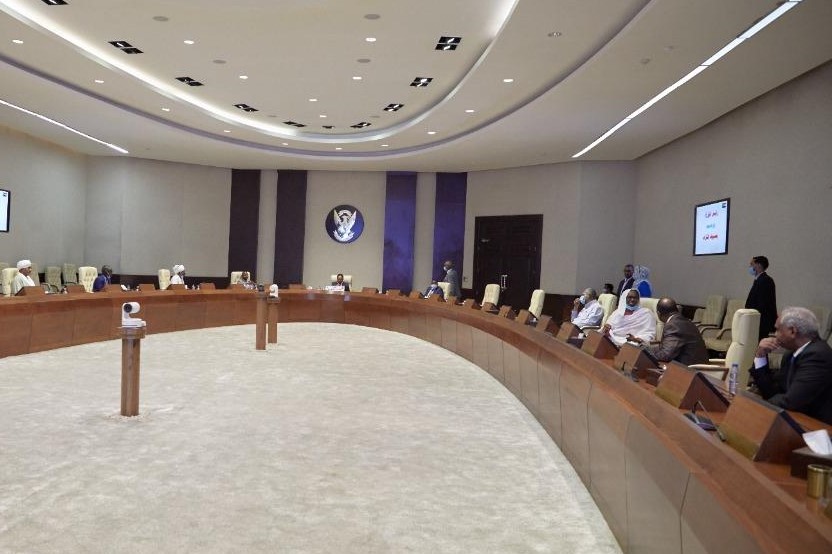Hamdok calls to integrate more groups into Sudan’s ruling coalition
August 1, 2021 (KHARTOUM) – Prime Minister Abdallah Hamdok called on the Forces for Freedom and Change (FFC)’s leaders to exert more effort to integrate the holdout groups to the ruling coalition.
On Sunday, Hamdok met with the FFC joint committee including the Central Council group, the National Umma Party (NUP) and the Sudanese Revolutionary Front (SRF) that agreed to reunite and form a new structure for the broad coalition.
This meeting took place days after another meeting he held with some groups led by Minni Minnawi. The holdout factions said ready to rejoin the historical FFC but requested to delay the appointment of governors and the formation of the legislative council and to prioritize reforming the coalition structures first.
“Hamdok called the FFC joint committee to “make an effort to reintegrate the other forces that are not party of the Forces of Freedom and Change,” said Hamdok’s cabinet in a statement released after the meeting.
The meeting further discussed the Prime Minister’s initiative on “the national crisis and issues of transition – the way forward” to reform state institutions and unify the forces supporting the transition in one entity, said the statement.
It is worthing to note that Minnawi had split from the SRF during the peace talks in Juba and formed separate SRF faction but he remained committed to the peace process.
The Sudanese Communist Party which is opposed to the economic reforms implemented by the transitional government rejected calls to rejoin the reunited FFC.
The members of the joint committee briefed the Prime Minister about the new restructures they adopted and other decisions to achieve the reunification process.
Hadi Idriss, a member of the Sovereign Council and SRF leader stated they briefed Hamdok on the representation of the FFC groups in the new structure.
NUP Chairman Fadlallah Burma said that the birth of the FFC bodies came after long deliberations between the three components.
The ruling coalition decided to establish three institutions, including the General Assembly, the Leadership Council and the Central Executive Council.
Divisions within the FFC factions hampered the formation of the legislative council and delayed reforms to be enforced by the transitional government. Also, they contributed, among others, to weaken Hamdok’s government which rule the country in partnership with the military component.
(ST)

